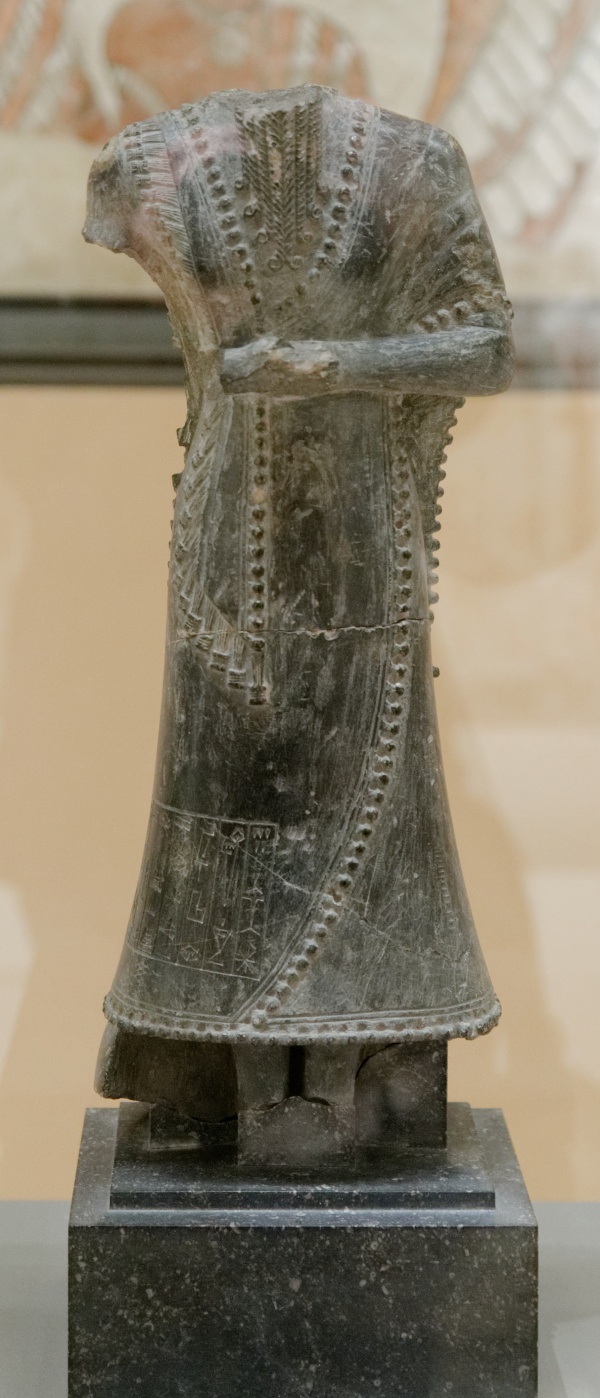Facts About Statue of Iddi-Ilum
The Statue of Iddi-Ilum is a captivating sculpture dating back to the 21st century BCE, depicting Iddi-Ilum, the military governor of the ancient city-state of Mari in Syria. This statue, carved from soapstone, was unearthed at the Royal Palace of Mari during archaeological excavations led by the French archaeologist André Parrot.
Now proudly displayed at the Musée du Louvre in Paris, the statue portrays Iddi-Ilum in a prayerful stance. Although its head is missing, remnants of a beard are still visible. The robe, adorned with intricate fringes and tassels, stands as a testament to the craftsmanship of the time. At the base of the statue, an Akkadian inscription identifies Iddi-Ilum and dedicates the sculpture to the goddess Ishtar (also known as Inanna).
This statue is not merely an artistic masterpiece; it holds substantial historical significance. It offers insight into the rulers of Mari and their religious practices, particularly during the reign of Mari's last king, Zimrilim. André Parrot's team discovered this remarkable piece during their fourth excavation season at Mari in the winter of 1936-1937.

 Jordan
Jordan